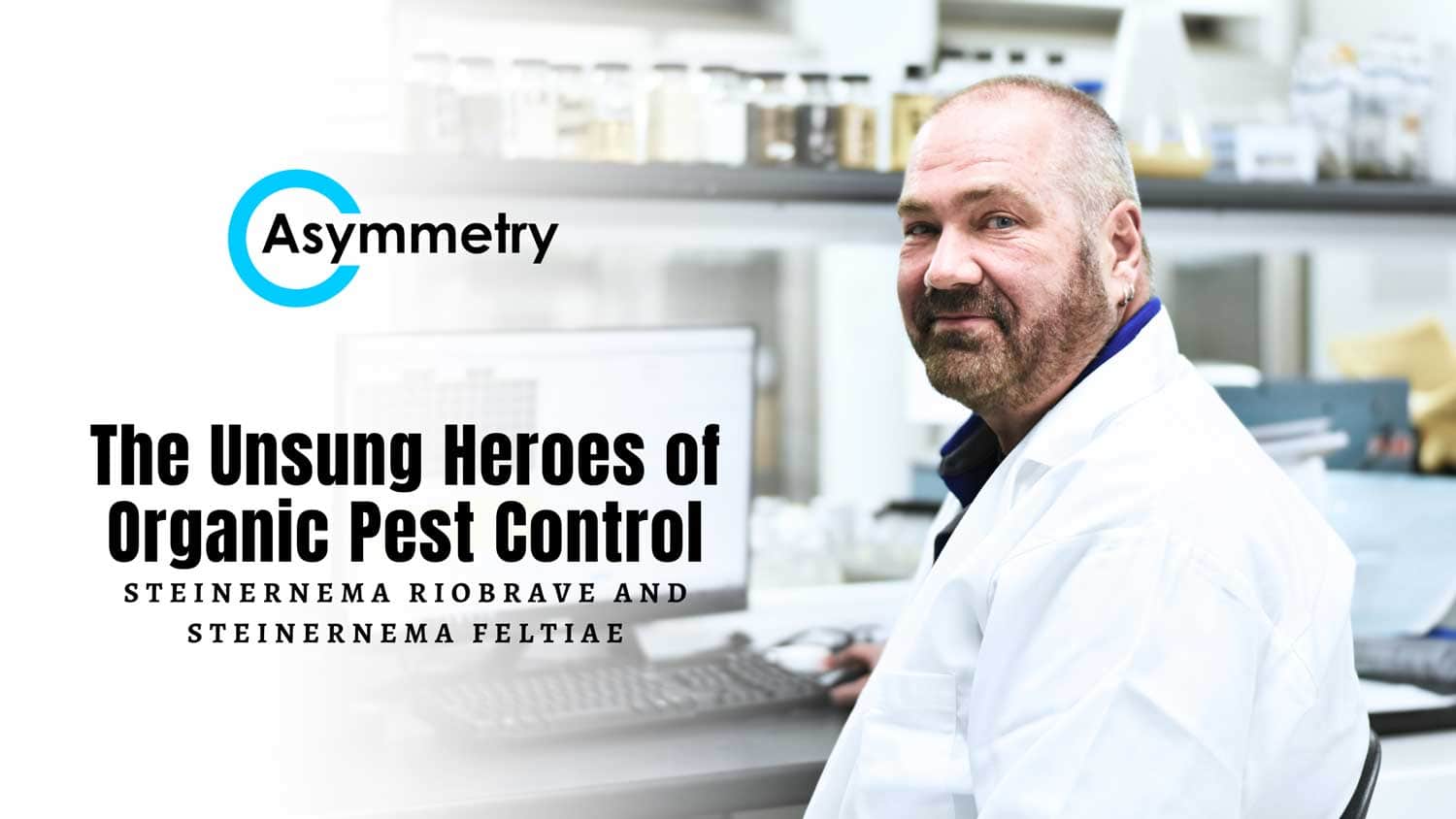In the quest for sustainable agriculture and gardening, beneficial nematodes emerge as unsung heroes, offering a natural solution to pest control without the adverse effects associated with chemical pesticides. Among these microscopic warriors, entomopathogenic nematodes (EPNs) like Steinernema riobrave and Steinernema feltiae stand out for their effectiveness and environmental friendliness. Let’s dive into the world of these fascinating organisms and discover how they can help maintain the balance of our ecosystems while protecting our crops.
What Are Entomopathogenic Nematodes?
Entomopathogenic nematodes are a type of beneficial nematode that preys on various pests, including grubs, caterpillars, and other soil-dwelling insects. Unlike their plant-parasitic counterparts, EPNs contribute positively to the environment by targeting and eliminating pests that can cause significant damage to crops and gardens. They do this through a symbiotic relationship with specific bacteria, which they release inside their host, leading to the pest’s death. This natural process ensures that pest populations are controlled without harming beneficial insects, plants, or humans.
Steinernema Riobrave: The Brave Warrior
Steinernema riobrave is a particularly effective EPN species known for its ability to thrive in warmer climates. Originating from the Rio Grande Valley, this nematode has shown remarkable success in controlling a variety of pests, including the corn earworm, citrus root weevil, and various species of grubs. What makes S. riobrave so special is its aggressive hunting strategy and the ability to penetrate deeper into the soil, reaching pests that other nematodes might not. This makes it an invaluable ally in agricultural practices, especially in regions with warmer temperatures.
Steinernema Feltiae: The Versatile Pest Control Ally
Steinernema feltiae stands out for its exceptional ability to combat a wide range of pests, making it a versatile and invaluable tool in both agricultural and horticultural settings. Renowned for its effectiveness against fungus gnats, thrips, and other detrimental pests, S. feltiae operates with precision, targeting pests in various environments without harming non-target species. Its adaptability and efficiency in controlling pest populations make it a preferred choice for integrated pest management strategies, offering a sustainable and eco-friendly solution to pest challenges.
Benefits of Using Steinernema Nematodes
- Eco-Friendly: These nematodes offer a chemical-free alternative to pest control, reducing the ecological footprint of agriculture and gardening.
- Targeted Action: They specifically target pest species without harming beneficial insects, animals, or humans, preserving biodiversity.
- Sustainable Solution: EPNs can reproduce in the soil after application, providing long-term pest control with minimal intervention.
- Versatility: Different species of Steinernema are effective in various climates and against a wide range of pests, making them suitable for diverse agricultural needs.
How to Use Steinernema Nematodes
Incorporating Steinernema riobrave or Steinernema feltiae into your pest management strategy is straightforward. These nematodes are typically applied through watering or soil drenching, ensuring they reach the soil where pests reside. It’s crucial to follow the application guidelines specific to the nematode species and target pest to maximize effectiveness. Regular monitoring and reapplication may be necessary to maintain control over pest populations.
Conclusion
As we continue to seek sustainable solutions for agricultural and gardening challenges, entomopathogenic nematodes like Steinernema riobrave and Steinernema feltiae offer a promising path forward. By harnessing the power of these natural predators, we can protect our crops, preserve our ecosystems, and move closer to achieving a balance with nature. The future of pest control lies not in chemical warfare but in biological solutions that work in harmony with the environment.



